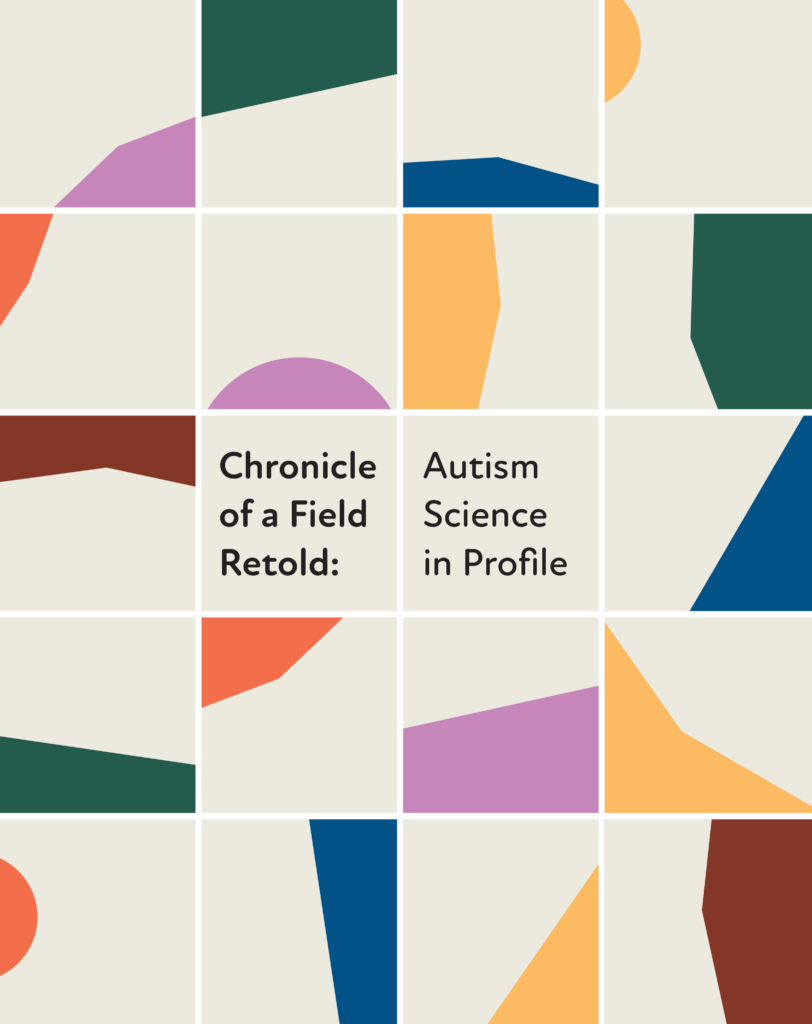Spectrum
Recent articles
Spectrum is the go-to destination for the latest news and analysis about autism research and a springboard for scientists and clinicians to forge collaborations that deepen our understanding of autism.

Expediting clinical trials for profound autism: Q&A with Matthew State
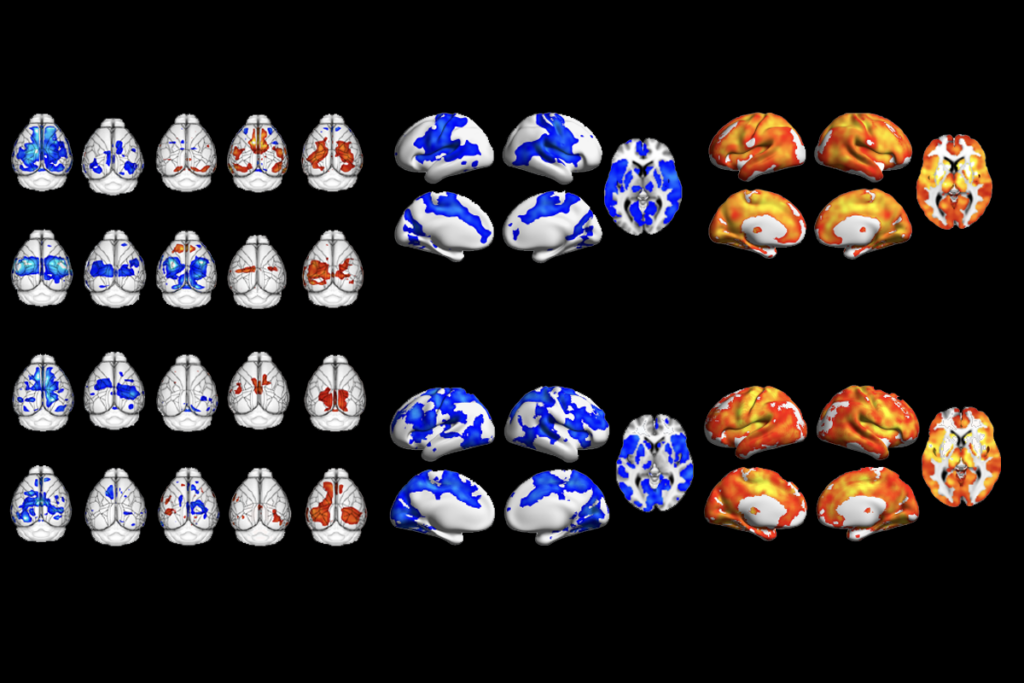
Too much or too little brain synchrony may underlie autism subtypes
Action potentials

”The findings position [cerebrospinal fluid] not merely as a passive cushioning medium but potentially as an active regulator of brain development. — HYUN KYOUNG LEE, ASSOCIATE PROFESSOR OF PEDIATRICS AND NEUROLOGY, BAYLOR COLLEGE OF MEDICINE
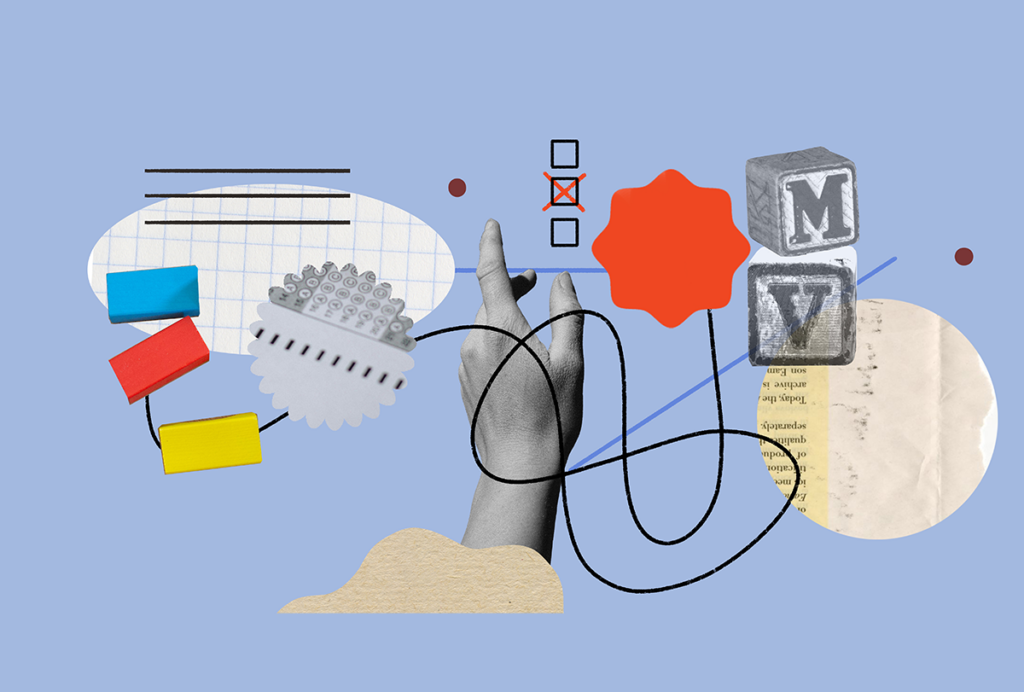
To accelerate the study of neurodevelopment, we need a transdiagnostic framework
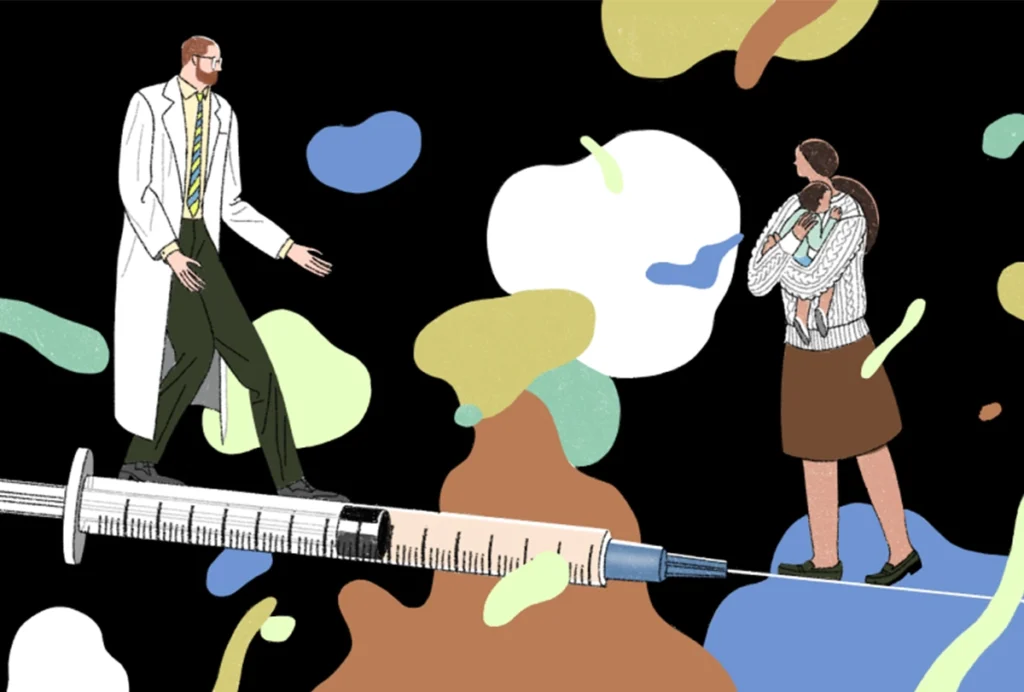
Roundup: The false association between vaccines and autism

My hope for displaced Ukrainian children with autism, an update
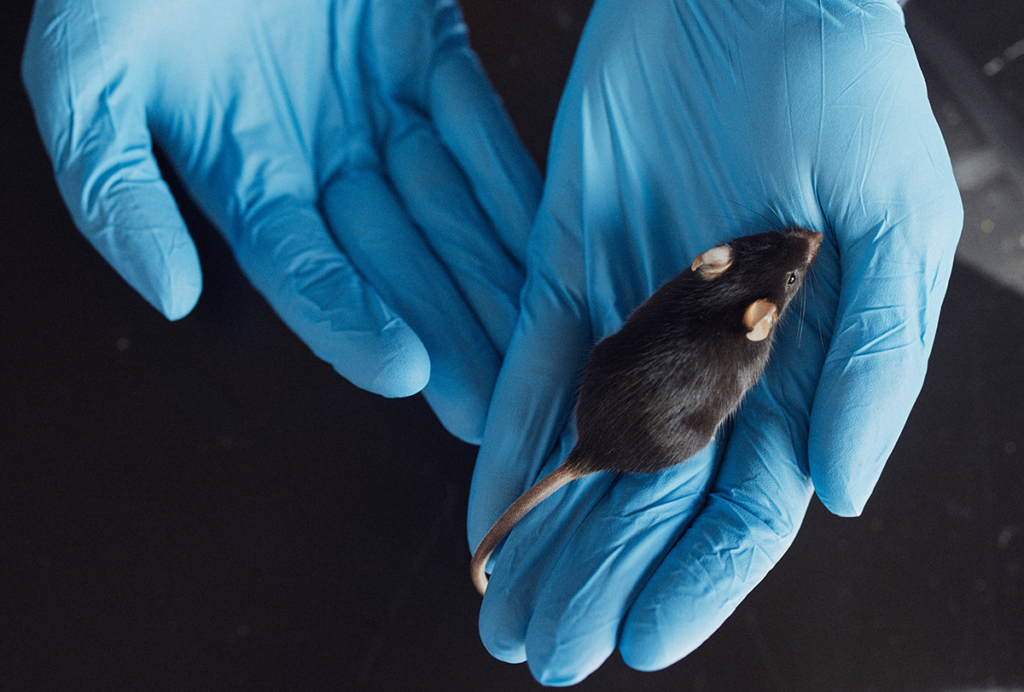
Molecular changes after MECP2 loss may drive Rett syndrome traits
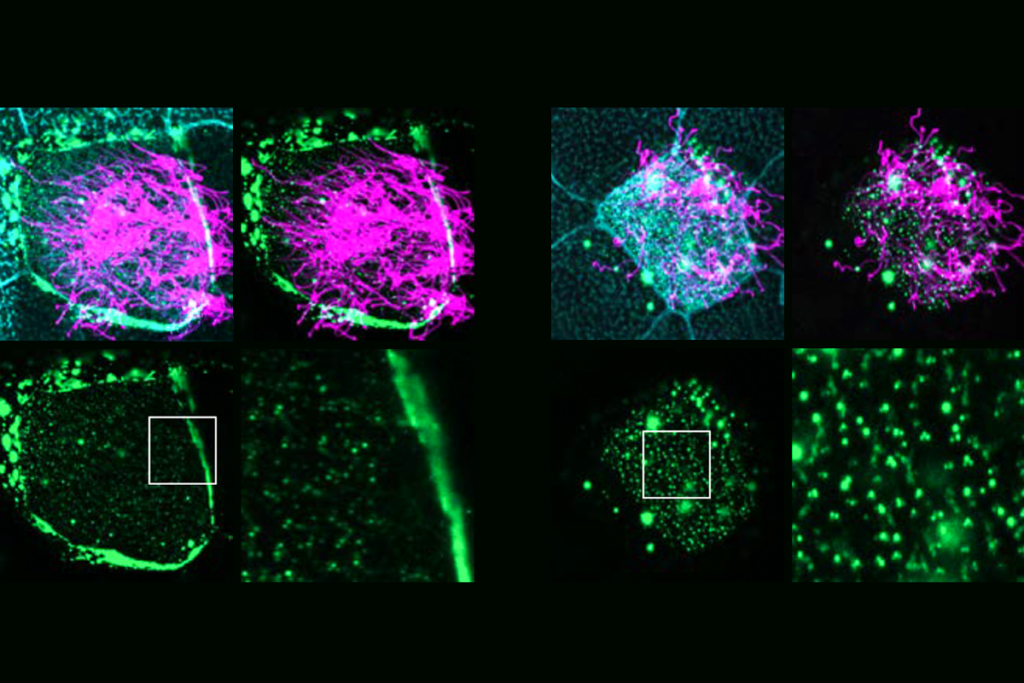
Many autism-linked proteins influence hair-like cilia on human brain cells

The perils of parachute research
Scientists who study autism in lower-income countries are working to end practices that exploit or ignore collaborators and communities on the ground.
On the periphery: Thinking ‘outside the brain’ offers new ideas about autism
Neuronal alterations outside the brain may help to explain a host of the condition’s characteristic traits, including sensory changes, gut problems and motor differences.

Autism prevalence increasing in children, adults, according to electronic medical records

High prevalence of developmental delay strains Australia’s support systems

Controversial ‘cost of autism’ paper retracted

U.S. study charts changing prevalence of profound and non-profound autism
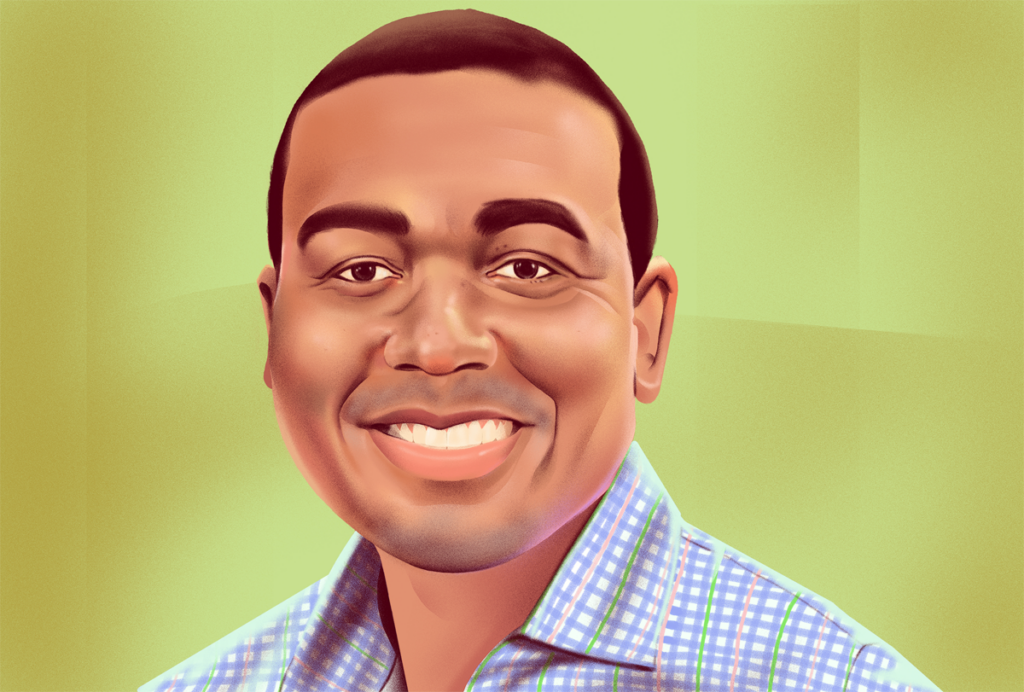
Brian Boyd, classroom-based interventions and the importance of representation
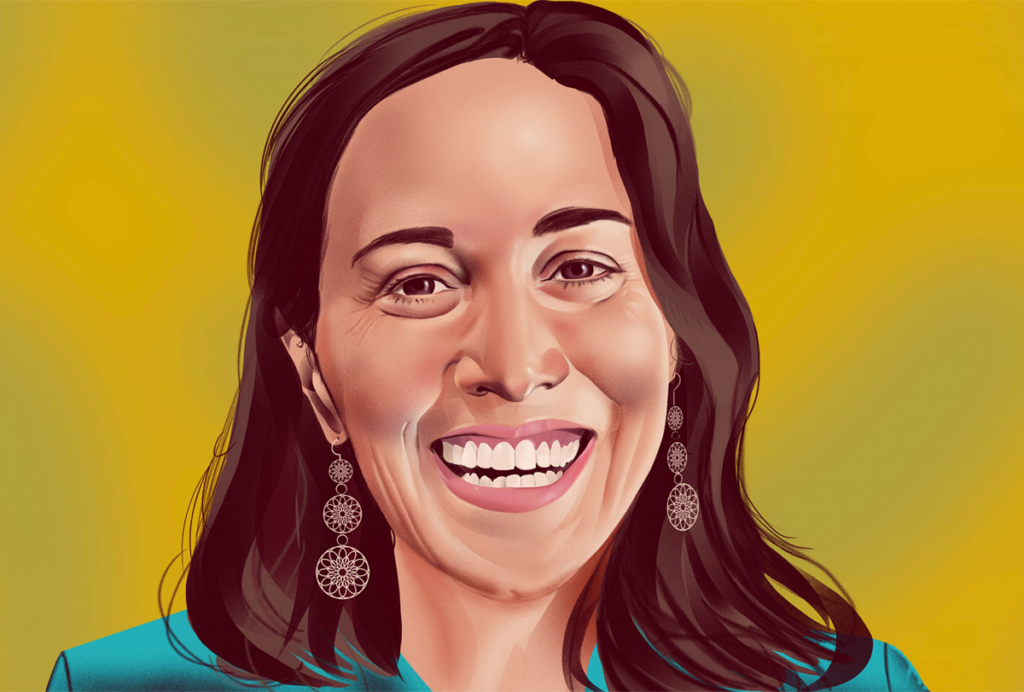
Evdokia Anagnostou and the concept of a good life
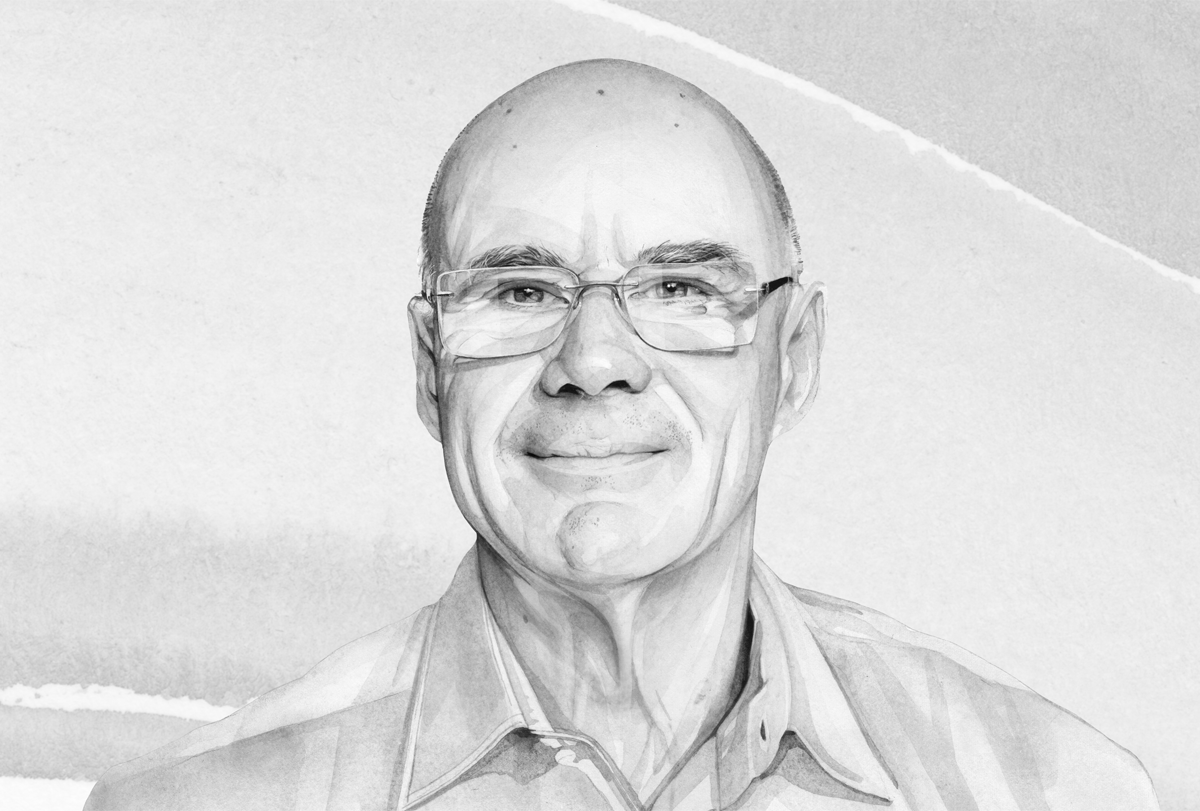
‘Emergent and transactional’: How Jonathan Green is rethinking autism and interventions

A genetics-first clinic for catching developmental conditions early: Q&A with Jacob Vorstman

Pinning down ‘profound autism’ for reliable research: Q&A with Matthew Siegel

Magnetic stimulation for autism: Q&A with Xujun Duan
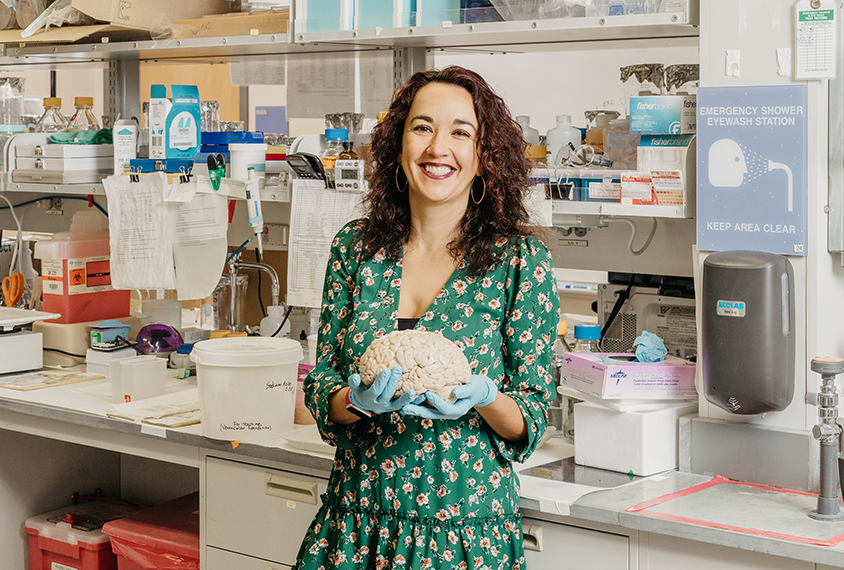
Beyond the bench: At school with Verónica Martínez Cerdeño
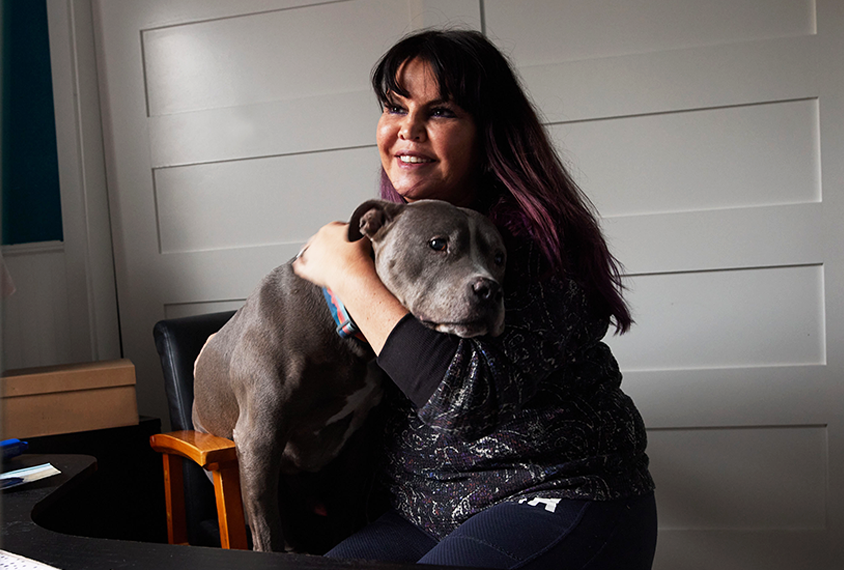
Beyond the bench: Finding solitude with Jill Silverman

Beyond the bench: Finding balance with Gavin Rumbaugh

Decisional capacity and informed consent, explained
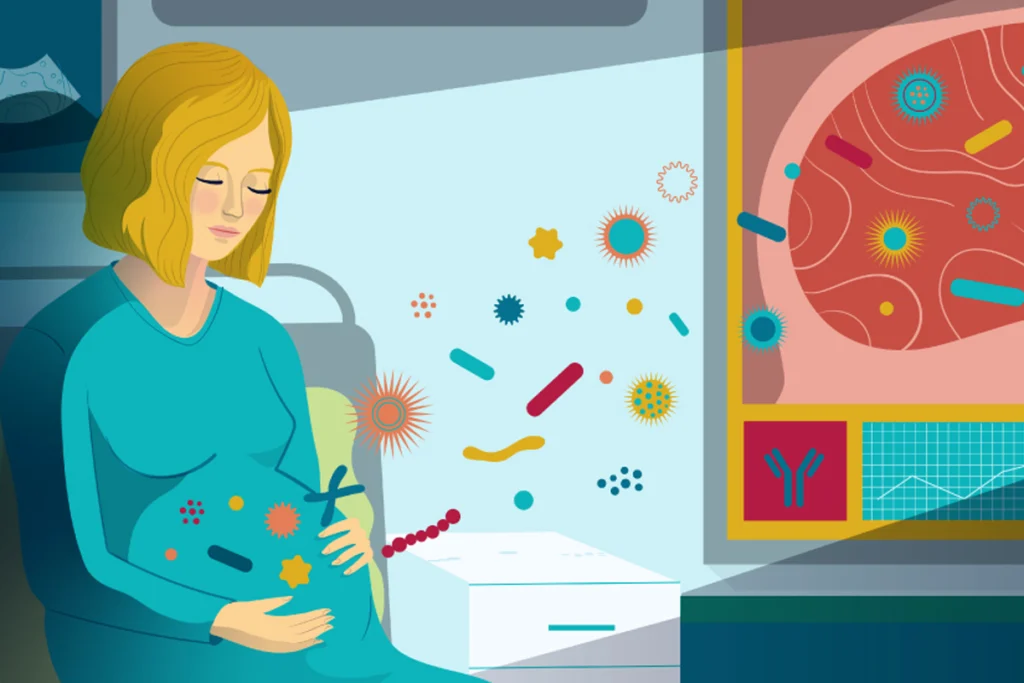
The link between maternal infection and autism, explained

Pathological demand avoidance in autism, explained
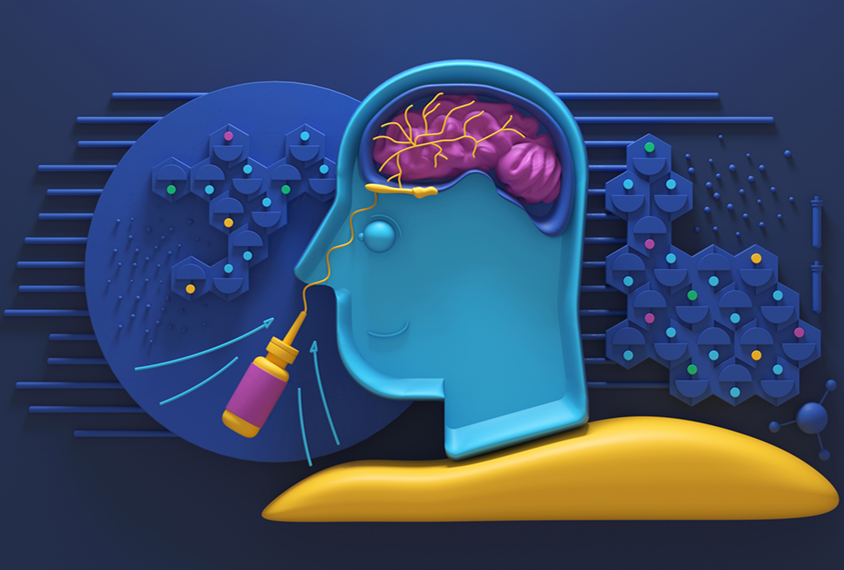
The connection between oxytocin and autism, explained
Spectrum books
Developmental delay patterns differ with diagnosis; and more
Here is a roundup of autism-related news and research spotted around the web for the week of 14 April.
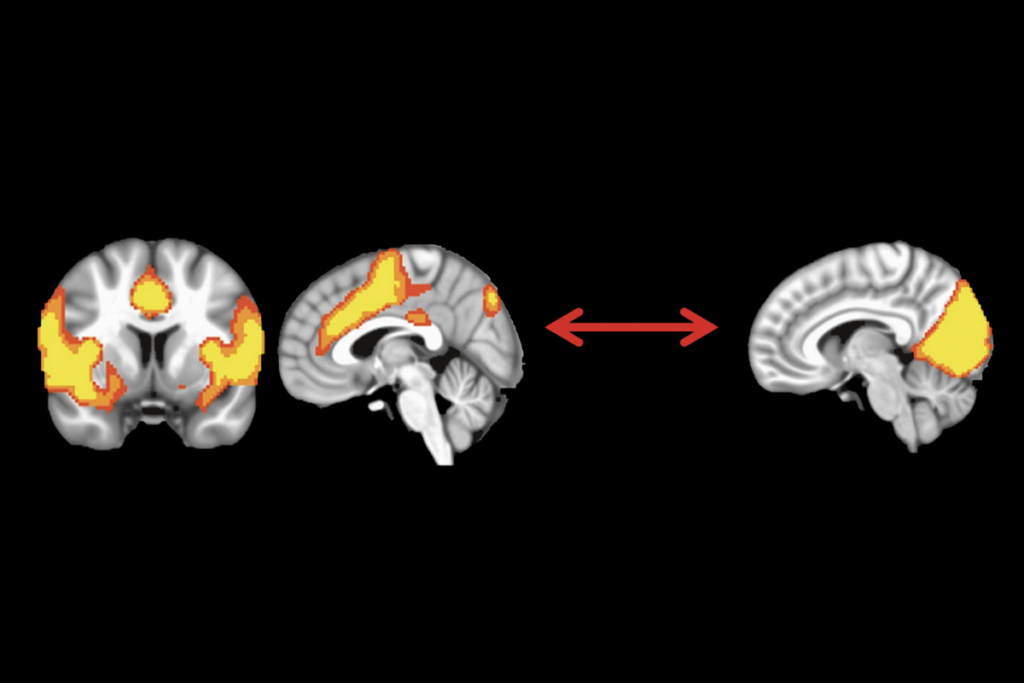
Developmental delay patterns differ with diagnosis; and more
Here is a roundup of autism-related news and research spotted around the web for the week of 14 April.
Split gene therapy delivers promise in mice modeling Dravet syndrome
The new approach overcomes viral packaging limitations by delivering SCN1A piecemeal and stitching it together in target cells.
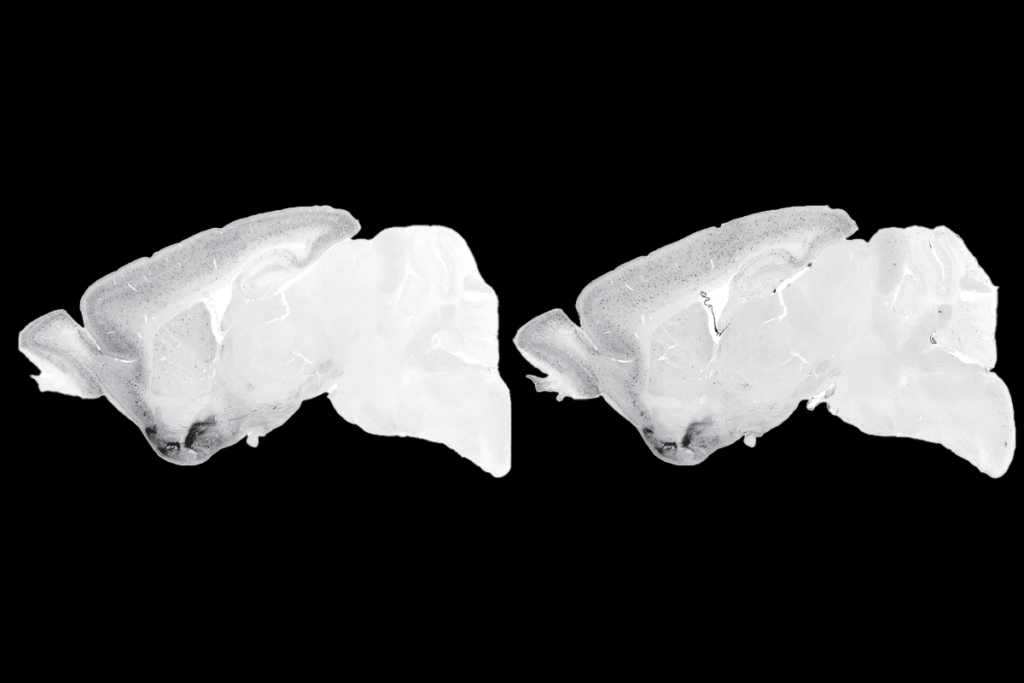
Split gene therapy delivers promise in mice modeling Dravet syndrome
The new approach overcomes viral packaging limitations by delivering SCN1A piecemeal and stitching it together in target cells.
Changes in autism scores across childhood differ between girls and boys
Here is a roundup of autism-related news and research spotted around the web for the week of 7 April.
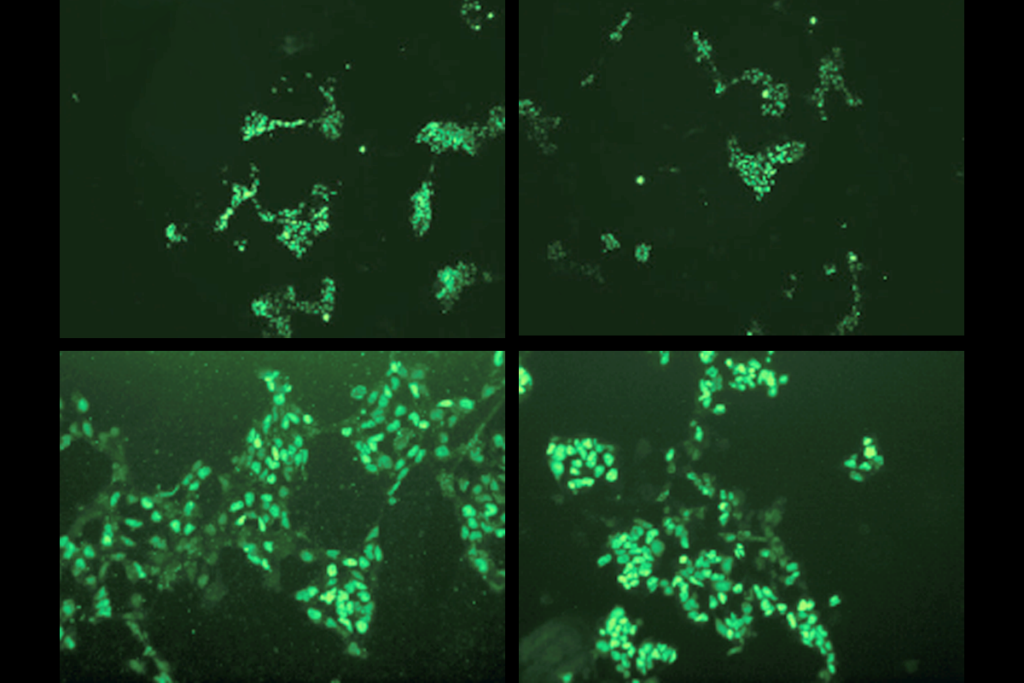
Changes in autism scores across childhood differ between girls and boys
Here is a roundup of autism-related news and research spotted around the web for the week of 7 April.
PTEN problems underscore autism connection to excess brain fluid
Damaging variants in the autism-linked gene cause congenital hydrocephalus—a buildup of cerebrospinal fluid in the brain—by turbocharging a downstream signaling pathway that promotes the growth of cells, according to a new study.

PTEN problems underscore autism connection to excess brain fluid
Damaging variants in the autism-linked gene cause congenital hydrocephalus—a buildup of cerebrospinal fluid in the brain—by turbocharging a downstream signaling pathway that promotes the growth of cells, according to a new study.
Autism traits, mental health conditions interact in sex-dependent ways in early development
Here is a roundup of autism-related news and research spotted around the web for the week of 31 March.

Autism traits, mental health conditions interact in sex-dependent ways in early development
Here is a roundup of autism-related news and research spotted around the web for the week of 31 March.
Explore more from The Transmitter
Mitochondrial ‘landscape’ shifts across human brain
Evolutionarily newer regions sport mitochondria with a higher capacity for energy production than older regions, according to the first detailed map of the organelles in a tissue slice, adding to mounting evidence that the brain features a metabolic gradient.

Mitochondrial ‘landscape’ shifts across human brain
Evolutionarily newer regions sport mitochondria with a higher capacity for energy production than older regions, according to the first detailed map of the organelles in a tissue slice, adding to mounting evidence that the brain features a metabolic gradient.
This paper changed my life: Shane Liddelow on two papers that upended astrocyte research
A game-changing cell culture method developed in Ben Barres’ lab completely transformed the way we study astrocytes and helped me build a career studying their reactive substates.
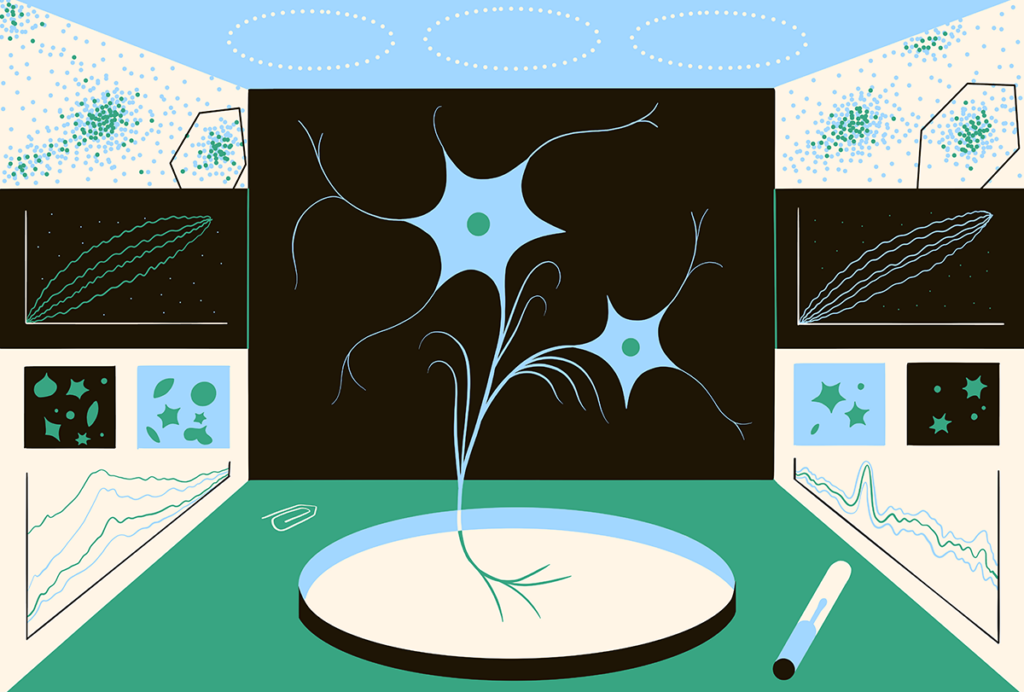
This paper changed my life: Shane Liddelow on two papers that upended astrocyte research
A game-changing cell culture method developed in Ben Barres’ lab completely transformed the way we study astrocytes and helped me build a career studying their reactive substates.
Dean Buonomano explores the concept of time in neuroscience and physics
He outlines why he thinks integrated information theory is unscientific and discusses how timing is a fundamental computation in brains.
Dean Buonomano explores the concept of time in neuroscience and physics
He outlines why he thinks integrated information theory is unscientific and discusses how timing is a fundamental computation in brains.

